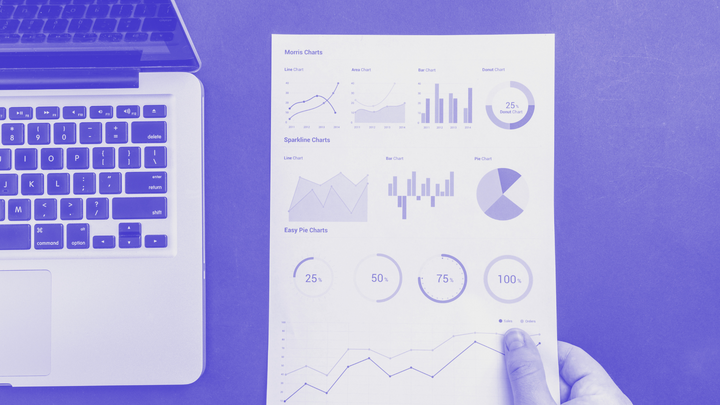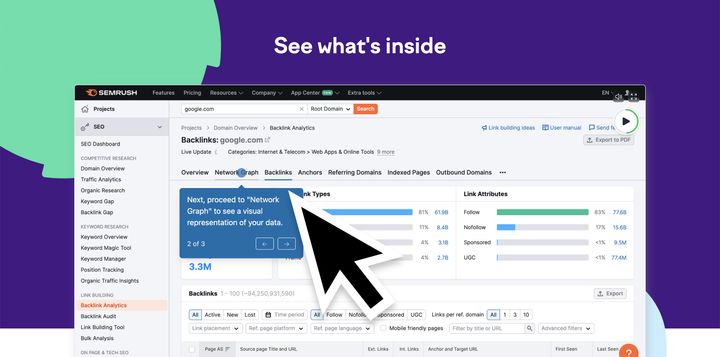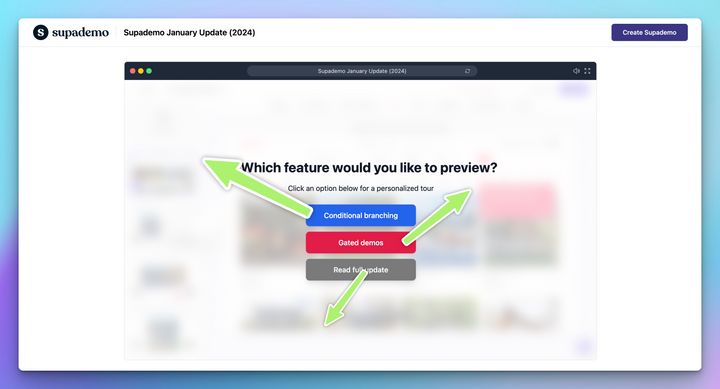Understanding and optimizing the customer journey is crucial for businesses that enhance customer experience and drive growth. Key Performance Indicators (KPIs) play a vital role in this process, providing insights into how customers interact with your brand across different stages. This blog post outlines 15 essential KPIs businesses should track to monitor and improve the customer journey effectively.
Awareness Stage KPIs
- Website Traffic: Measures the number of visitors to your site. High traffic indicates effective awareness strategies.
- Social Media Reach: Tracks the number of people who see your posts. It reflects the effectiveness of your social media presence.
- Brand Awareness: Assessed through surveys and brand recognition tools, this KPI indicates how well your target audience recognizes your brand.
- Cost Per Impression (CPI): This measures the cost-effectiveness of your advertising campaigns in creating awareness.
Consideration Stage KPIs
- Time on Page/Website: Indicates how long visitors stay on your website, reflecting their interest level.
- Bounce Rate: The percentage of visitors who navigate away after viewing only one page. A lower bounce rate suggests more engaging content.
- Email Open and Click-Through Rates: Measures the effectiveness of your email marketing in engaging potential customers.
- Lead Conversion Rate: The percentage of visitors who become leads, indicating the effectiveness of your lead generation strategies.
Decision Stage KPIs
- Sales Conversion Rate: Tracks the percentage of leads that turn into sales, a direct indicator of your sales effectiveness.
- Customer Acquisition Cost (CAC): The total cost of acquiring a new customer, including marketing and sales expenses.
- Average Order Value (AOV): Measures the average amount spent each time a customer places an order.
- Net Promoter Score (NPS): This score assesses customer loyalty and the likelihood of them recommending your brand to others.
Retention Stage KPIs
- Customer Retention Rate: Measures the percentage of customers who remain with your brand over time.
- Repeat Purchase Rate: The percentage of customers who make multiple purchases. It's a key indicator of customer loyalty.
- Customer Lifetime Value (CLV): Estimates the total revenue a business can expect from a single customer account.
Conclusion
Tracking these KPIs across customer journey stages provides valuable insights into customer behaviours and preferences. By analyzing these metrics, businesses can identify areas for improvement, develop targeted strategies, and ultimately enhance the overall customer experience. Remember, the key is to collect data and use it to make informed decisions that drive growth and customer satisfaction.




